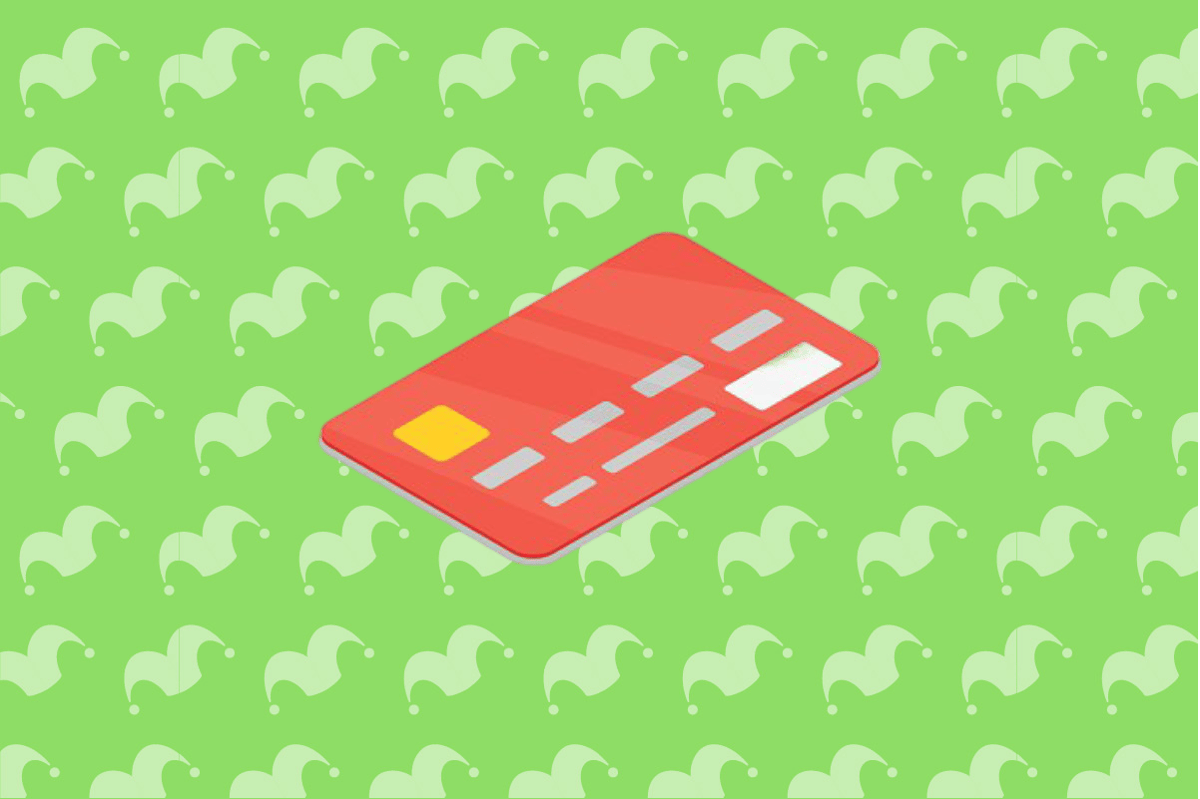Here’s how the minimum credit card payment amount is calculated:

Every credit card issuer has its own process for calculating minimum balances. What’s worse, that process can vary based on everything from the cards you have to your credit score to your payment history with the issuer.
That said, there are some general rules of thumb that apply to most publishers. Use these as guidelines for your planning, not hard and fast rules.
If your balance is between $20 and $40
Issuers typically have a specific minimum payment limit, often between $20 and $40. If your credit card balance is below this number, your minimum payment will be equal to your statement balance.
yes: The issuer’s default minimum payment amount is $35. Since your balance is $15, your minimum payment amount is $15.
Up to a certain point you will be charged a flat fee, after which a percentage will be applied.
If your balance is higher, the minimum payment will be a flat amount or a percentage of your credit card balance, whichever is higher.
yes: The issuer’s minimum payment amount is $40 or 2% of your balance, whichever is greater. If your balance is $1,500, your minimum payment amount is $40. That’s less than $40, since $1,500 x 0.02 = $30. However, if your balance is $5,000, your minimum payment amount is $5,000 x 0.02 = $100.
Past overdue balances will also be added.
Most issuers will add your late payment fee and past due balance to your minimum payment due for the next statement period. You will need to pay off the entire past due balance to get your account back in good standing.
The minimum amount may include interest charges.
If you carry over a balance from a previous month (without the 0% APR introductory offer), you will be charged interest on that balance. Most issuers include that interest fee in the minimum payment amount for the next statement period.
How to find the minimum payment details for your card
The minimum amount you owe for a particular statement period is included on your bill for that period. It should also be prominently displayed next to your statement balance when you log into your online banking account or mobile banking app.
Unfortunately, because there are so many variables at play, most issuers do not publicly disclose how the minimum amount is calculated. Information about your specific card can be found in the terms and conditions that came with your card in the mail or in online documentation.
You can also try chatting with your card issuer via their mobile app or online banking (or you can go old-fashioned and visit a branch (if your issuer has branches) and speak to a representative in person).
Should I just pay the minimum amount?
If you can’t help it, then it can’t be done. If you can afford to pay more, pay more.
To be clear, you always have to pay At least Minimum Payment Amount. The minimum payment amount is the absolute minimum amount you must pay to keep your account in good standing.
But it’s definitely ~ No At least you ~ must If you want to avoid paying a lot of money in interest fees, pay it. The carried balance (the balance minus the interest rate offer) accrues interest. The best practice with credit cards is to pay your balance in full before the due date each month.
If the minimum payment amount is too high
Life happens. When it happens, you don’t have a choice. Publisher want It helps pay off debts. Bad debt provisions are costly for everyone involved.
If you are having trouble paying the minimum payment, contact your issuer as soon as possible. Many card issuers are willing to work with customers to set up payment plans and help them get back on track.
The downside here is that the issuer may reduce your credit limit or even close your account after you pay it off, but this is still a better outcome than defaulting on your card and having a charge-off on your credit for the next seven years.
NOTE: The top-rated cash back card now offers 0% introductory APR through 2025.
This credit card isn’t just good, it’s so great that our experts use it personally. It has a long 0% intro APR period, up to 5% cash back, and somehow no annual fee! Click here to read our full review for free and apply in just 2 minutes.



